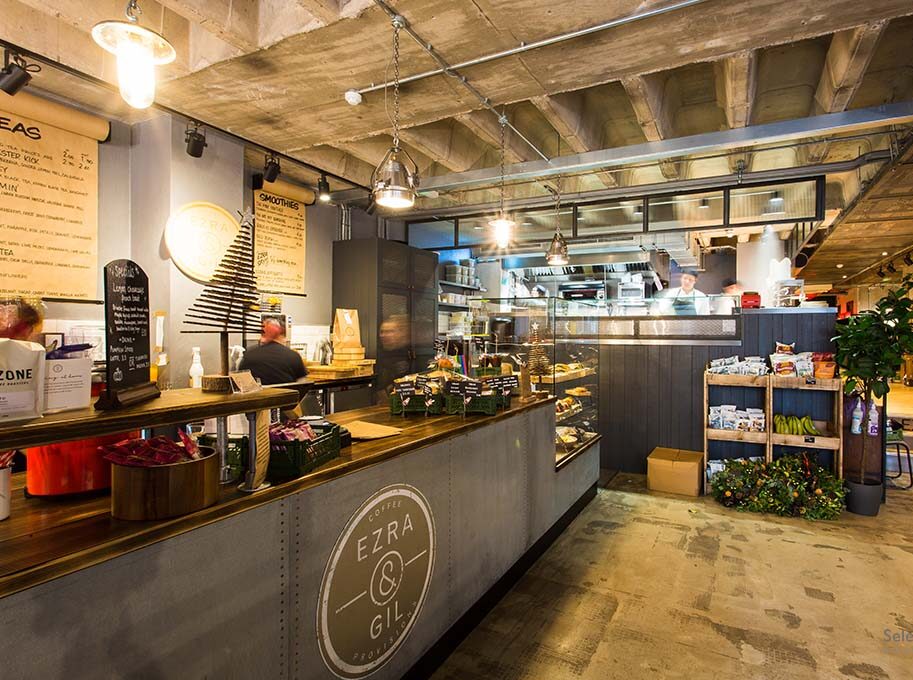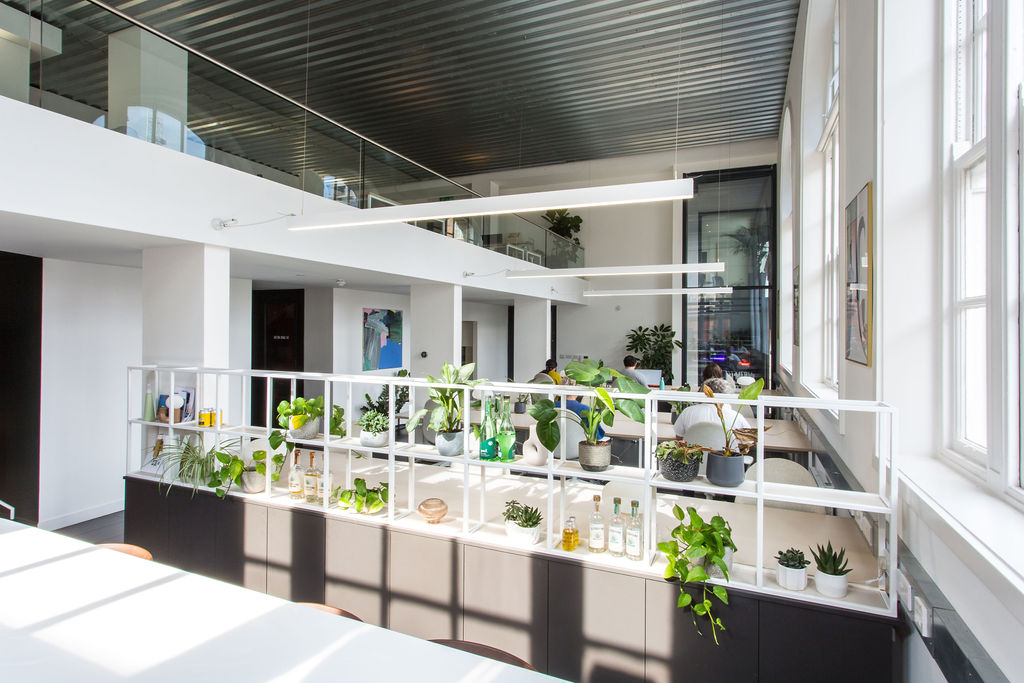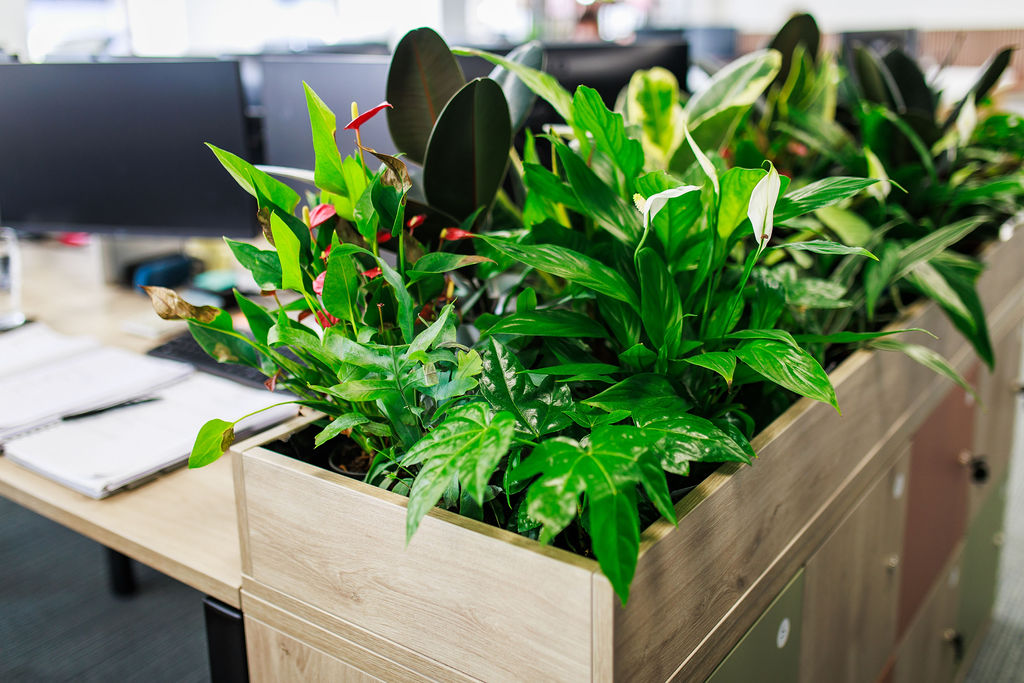In office design, we often focus on visual elements such as layout, lighting, and furniture. However, the most effective office designs engage all the senses to create an environment that enhances productivity, creativity, and overall well-being. One of the most underutilised senses in office design is touch. The sense of touch plays a crucial role in how we perceive our environment, influencing comfort, mood, and even cognitive performance.
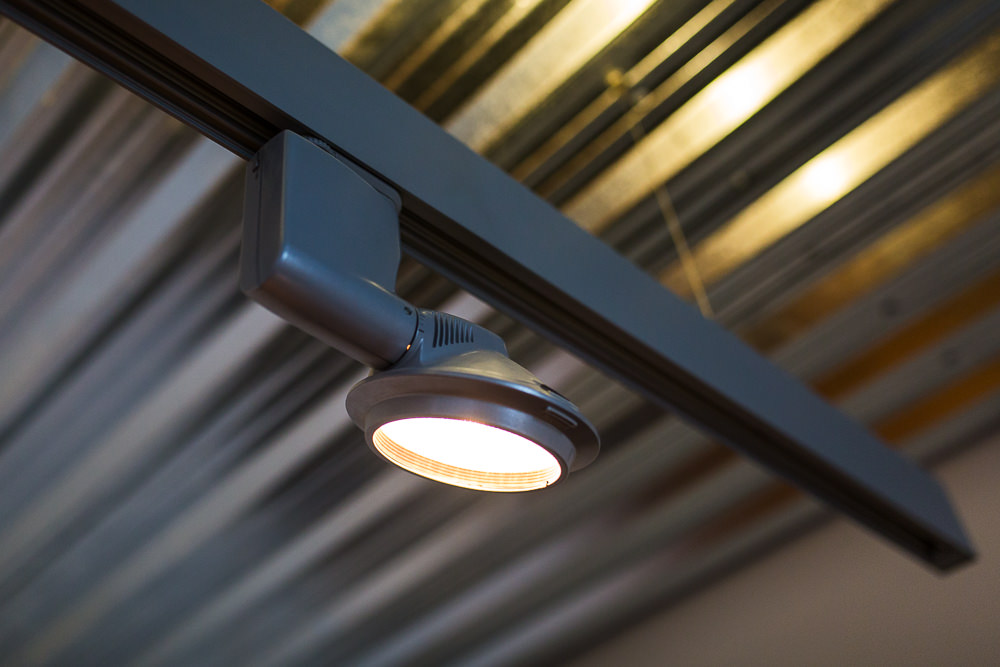
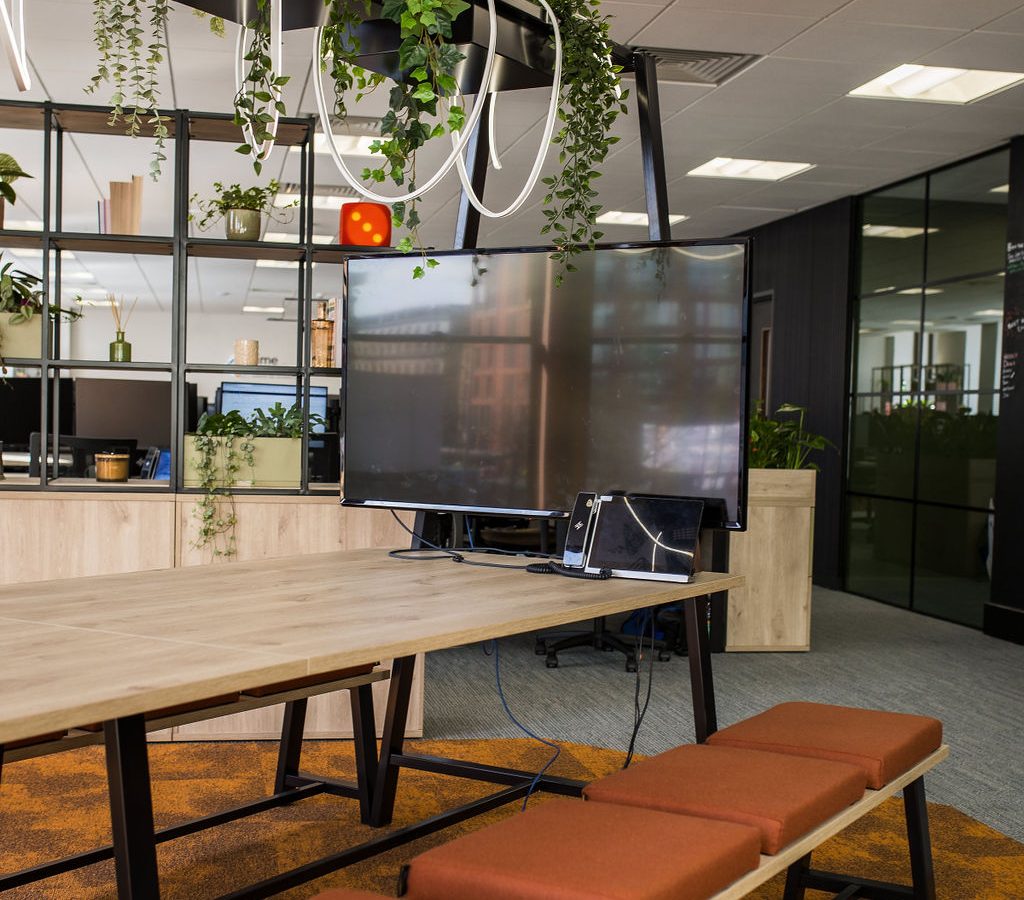
Why Designing for All Senses is Essential
Engaging the senses in office design goes beyond aesthetics and functionality. By addressing all five senses – sight, sound, touch, taste, and smell – designers can create an environment where employees feel more comfortable, focused, and motivated. Each sense contributes to how we experience a space, and when these inputs are harmonised, they can significantly enhance the way we work.
Research shows that multi-sensory environments improve cognitive function and foster creativity. For instance, soft textures and comfortable materials can reduce stress, while tactile stimuli can increase focus and concentration. By integrating the sense of touch into office design, workplaces can become more engaging, comfortable, and productive.
The sense of touch is often overlooked in office design, but it plays a critical role in creating an inviting and comfortable environment. The materials and textures employees interact with daily can influence their physical comfort, emotional well-being, and even their performance at work.
For example, ergonomic furniture with soft, supportive surfaces can help prevent physical strain, improving employee comfort and focus. On the other hand, rough or uncomfortable surfaces can cause discomfort and distraction, negatively affecting productivity. By carefully selecting materials and textures, office designers can create spaces that feel good to work in and promote long-term employee health and satisfaction.
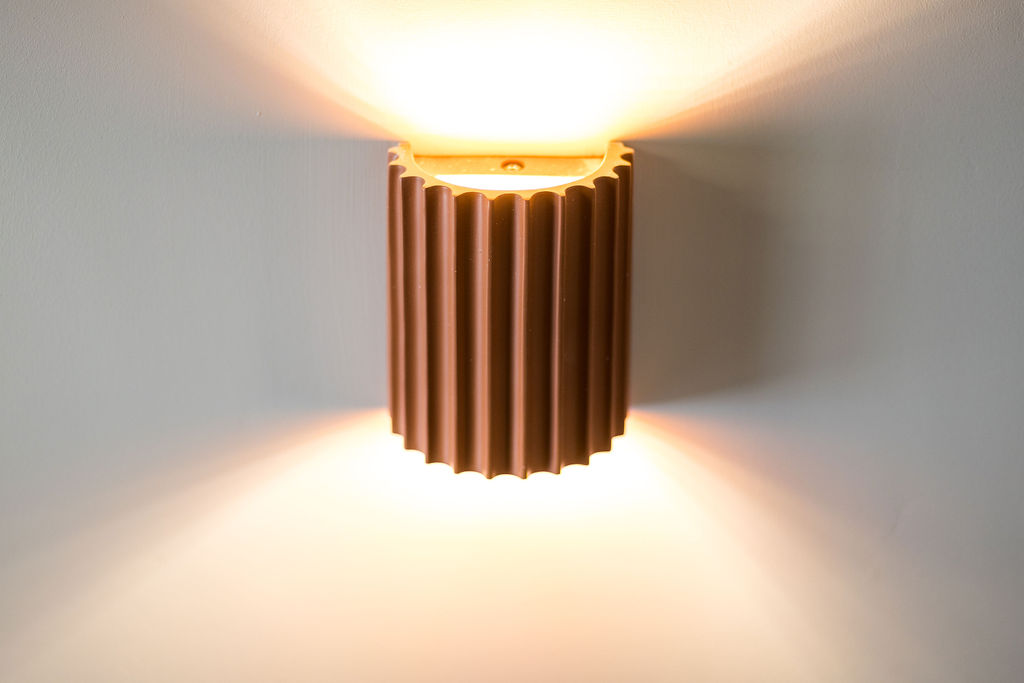
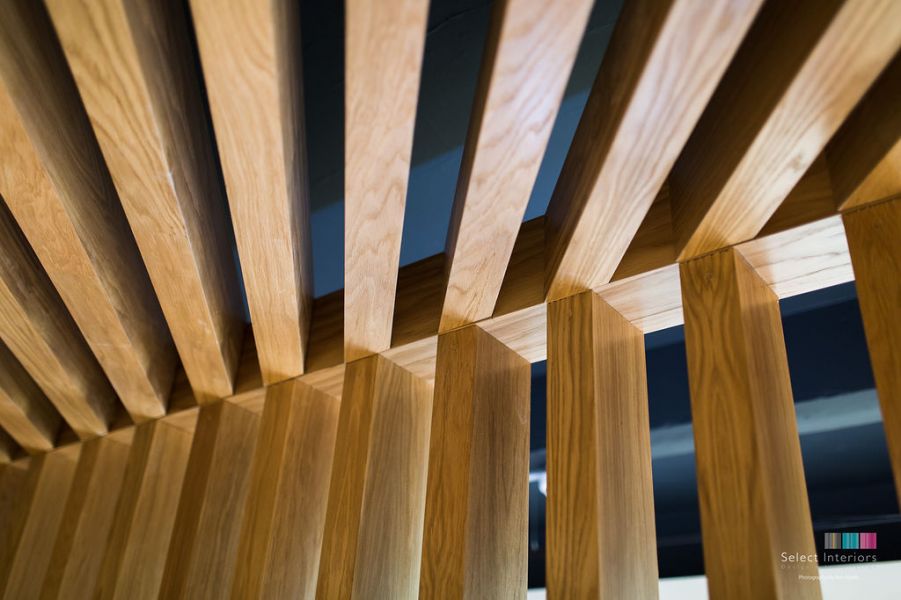
Choosing the Right Textures for Different Office Areas
Different textures and materials can be used to enhance various areas of the office, depending on the purpose of each space. Below are some recommendations for selecting the right tactile elements for key areas of the workplace:
- Soft and calming textures: In areas dedicated to relaxation, such as break rooms or wellness spaces, soft textures like plush upholstery, wool, or velvet can create a calming atmosphere. These materials invite touch, encouraging employees to relax and unwind during their breaks.
- Smooth and sleek surfaces: For workstations and meeting rooms, smooth surfaces such as polished wood, leather, or glass can create a clean and professional look while promoting focus and efficiency. These materials are easy to clean and maintain, ensuring a tidy and organised workspace.
- Natural materials: Incorporating natural textures like wood, stone, or cotton can bring an element of biophilic design into the office, creating a more grounded and refreshing environment. Natural materials not only feel pleasant to the touch but also improve air quality and enhance employee connection to nature, which has been shown to reduce stress.
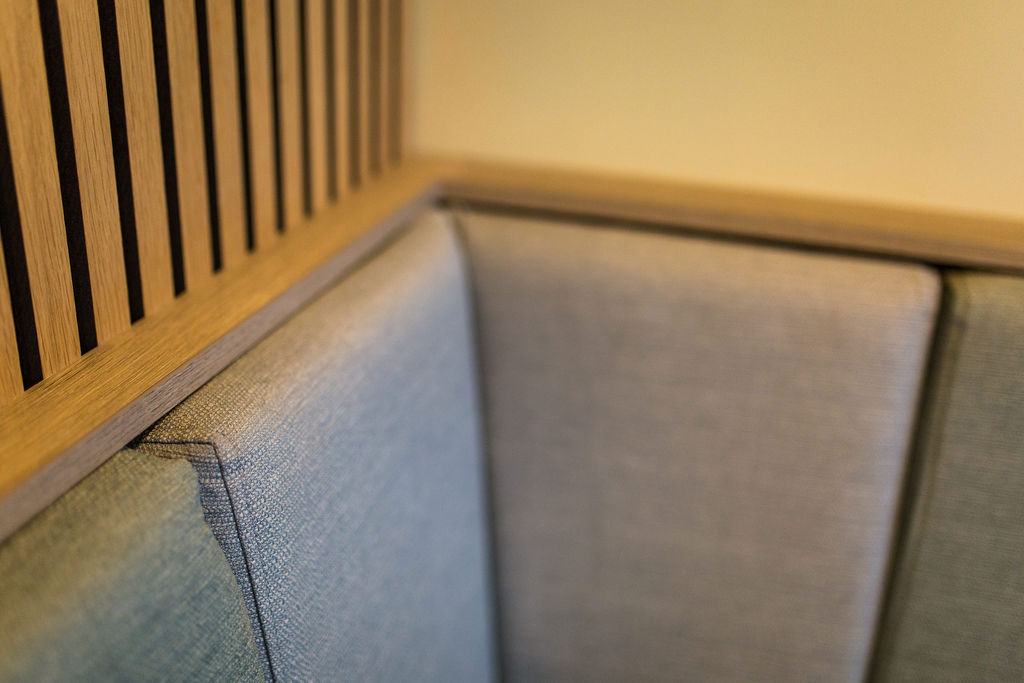
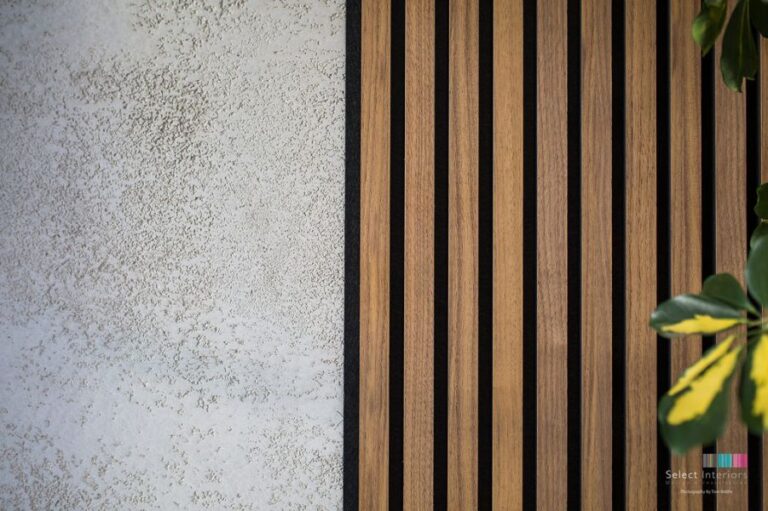
Tactile Zoning: Tailoring Textures to Specific Office Areas
Similar to how scent zoning is used to enhance different parts of the office, tactile zoning can be employed to create specific moods and functionalities within a workspace. By carefully selecting materials and textures for different zones, you can create a more dynamic environment that supports a variety of work styles and needs.
- Reception and entrance areas: The first point of contact for visitors and employees alike, reception areas should feel welcoming yet professional. Materials such as polished wood, marble, or leather create a sleek, polished look while providing smooth textures that are pleasant to the touch.
- Breakout areas: Soft seating with plush, tactile fabrics like velvet or chenille can create a cosy and inviting space where employees can unwind. Adding textured throw pillows, rugs, and blankets can further enhance the comfort of these spaces, encouraging relaxation and informal conversation.
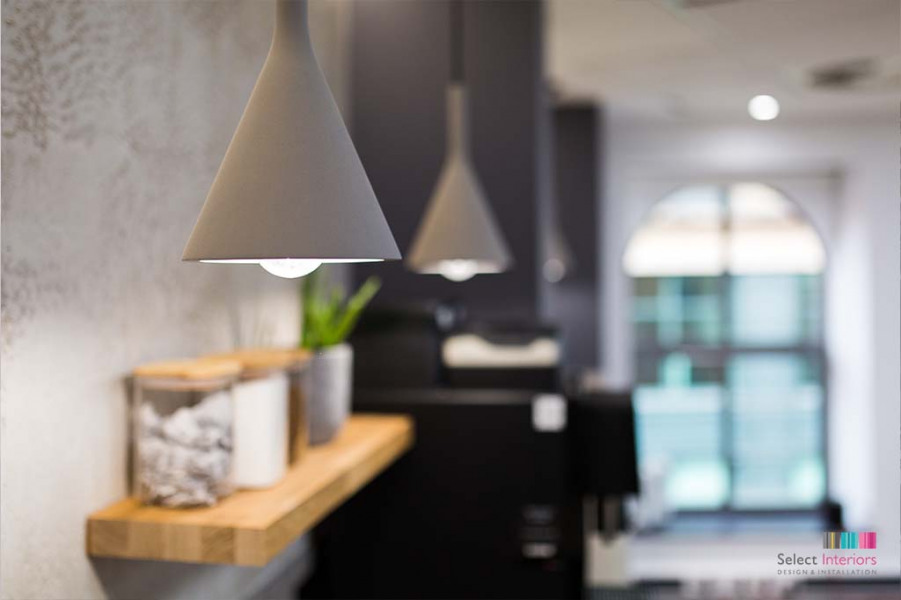
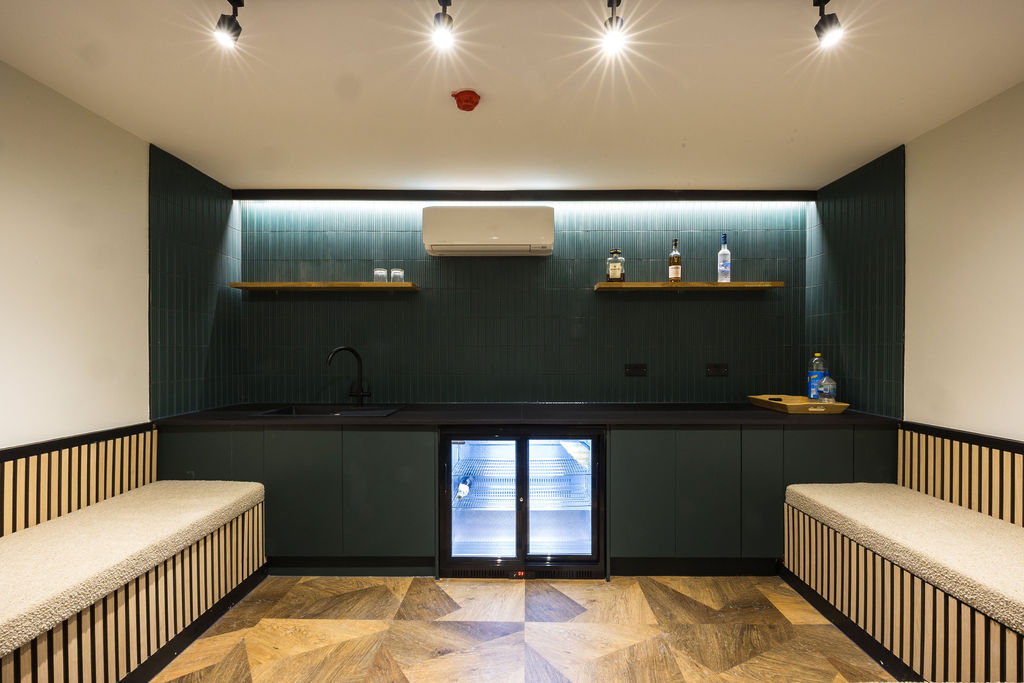
- Workstations and meeting rooms: At workstations, ergonomic furniture made from supportive, soft-touch materials such as foam padding, mesh, or leather can improve comfort and focus. Textured desk accessories or mousepads can provide subtle tactile stimulation that boosts concentration.
- Bathrooms and kitchens: In these communal spaces, easy-to-clean, smooth surfaces such as tile, laminate, or stainless steel are ideal. These materials are both hygienic and practical, ensuring that these areas remain functional and pleasant to use.
Methods of Incorporating Touch in Office Design
There are several ways to introduce touch-friendly elements into an office environment. By strategically incorporating different textures and materials, you can enhance the sensory experience of the workplace and improve employee satisfaction.
- Furniture: Choosing furniture with a variety of textures, such as soft chairs with plush fabric or ergonomic desks with smooth surfaces, can enhance physical comfort and tactile engagement throughout the day.
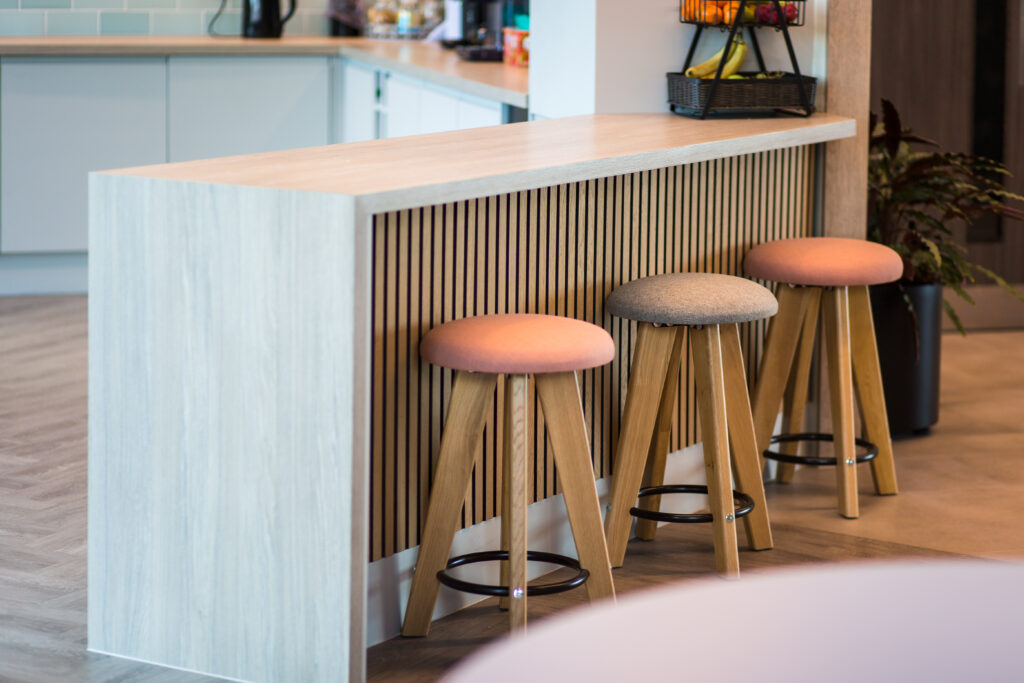
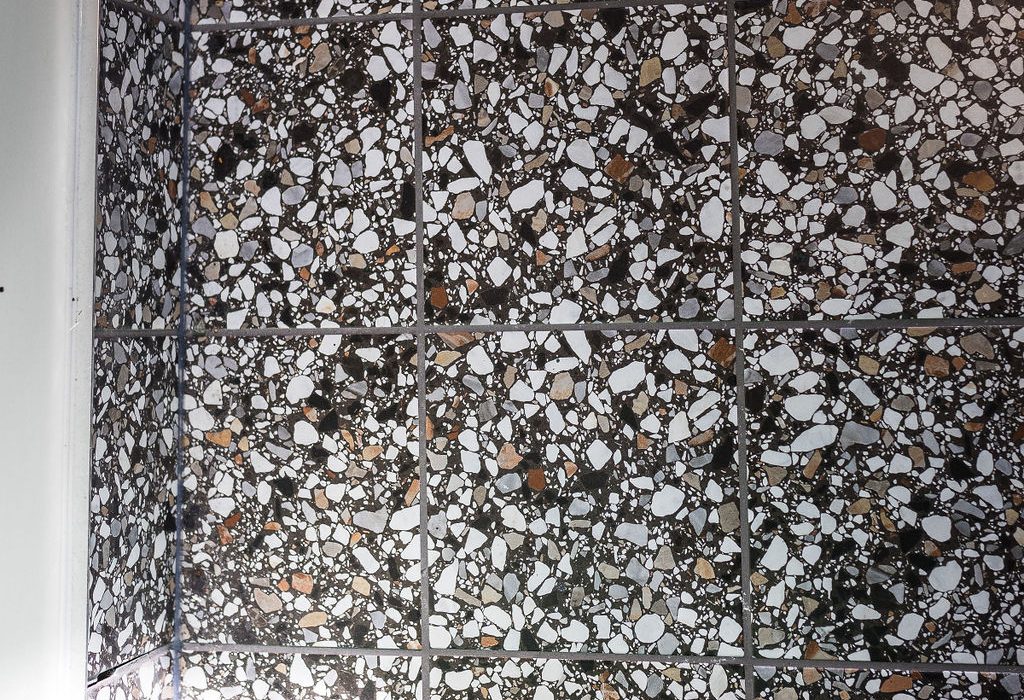
- Flooring: Carpeting in soft fibres can provide warmth and comfort in areas where employees walk or stand for extended periods. In contrast, hardwood or tile flooring can offer a sleek, clean look in high-traffic areas like hallways and kitchens.
- Wall treatments: Textured wall coverings, such as wood panelling, exposed brick, or fabric-wrapped surfaces, can add depth and warmth to office spaces, creating a more inviting environment. These elements can also act as visual and tactile focal points that add interest to otherwise plain walls.
The Role of Touch in Employee Well-being
Touch is more than just a sensory experience—it directly impacts employee well-being. Comfortable, touch-friendly environments can reduce stress, improve focus, and boost overall satisfaction in the workplace.
- Reducing physical discomfort: Ergonomic furniture with soft, supportive materials can prevent strain and injuries that arise from long hours of sitting or typing. By prioritising comfort, offices can promote better posture, reduce fatigue, and prevent work-related injuries.

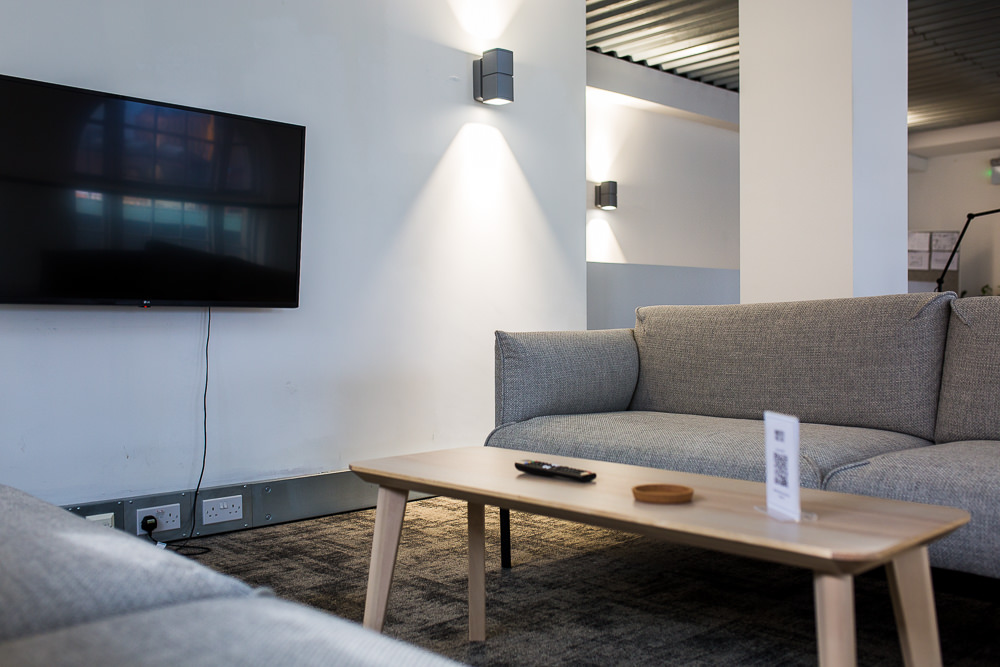
- Promoting relaxation and mental clarity: Incorporating soft, tactile materials in break areas can help employees relax and decompress during stressful periods. Textured elements like rugs, cushions, and blankets can create a soothing environment that encourages employees to recharge before returning to their work.
- Boosting creativity and engagement: Tactile materials that stimulate the sense of touch, such as textured desk accessories or unique wall coverings, can help spark creativity and keep employees engaged throughout the day.
Addressing Accessibility and Sensitivities
When introducing tactile elements into office design, it’s important to consider the diverse needs of employees, including those with sensory sensitivities or disabilities. Textures should be chosen carefully to ensure comfort for everyone, and materials should be hypoallergenic and easy to maintain. Consulting with employees about their preferences can help create a more inclusive and comfortable workspace.
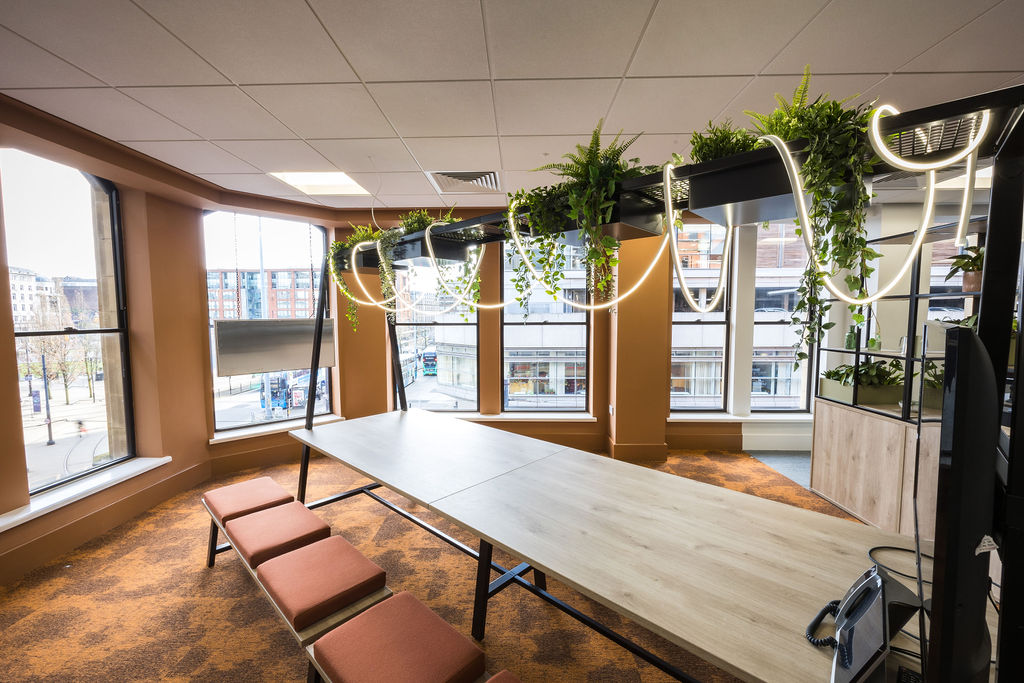
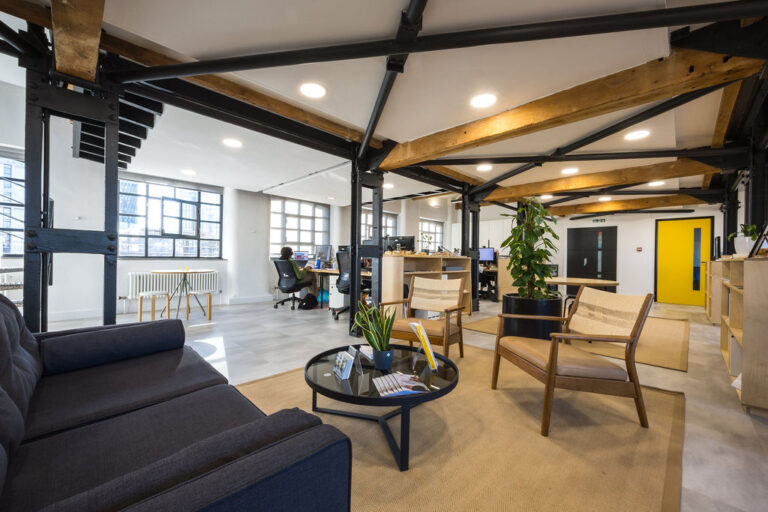
Creating a Multi-Sensory Office Environment
Incorporating touch into office design is just one aspect of creating a multi-sensory environment. To fully engage employees and create a workspace that supports productivity and well-being, designers should consider how all the senses interact. By integrating touch with other sensory elements—such as lighting, sound, and scent—offices can provide a holistic, stimulating experience that enhances both comfort and performance.
Designing for touch can transform an ordinary office into a welcoming, comfortable, and highly productive environment. Whether through soft, calming textures in break areas or smooth, sleek surfaces at workstations, tactile design plays a crucial role in creating a workspace that feels as good as it looks. By integrating the sense of touch into office design, businesses can boost employee satisfaction, creativity, and well-being—leading to a more engaging and effective workplace.
Contact us today and let’s create your dream office.

